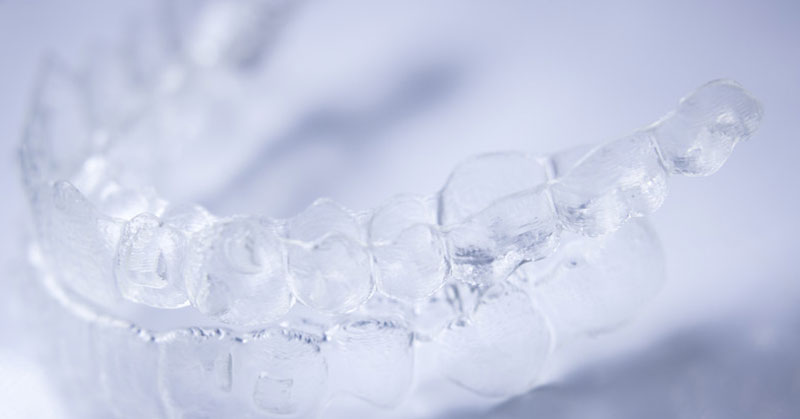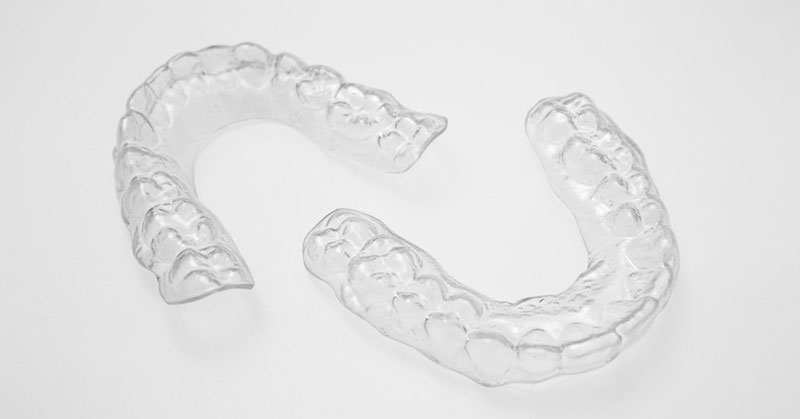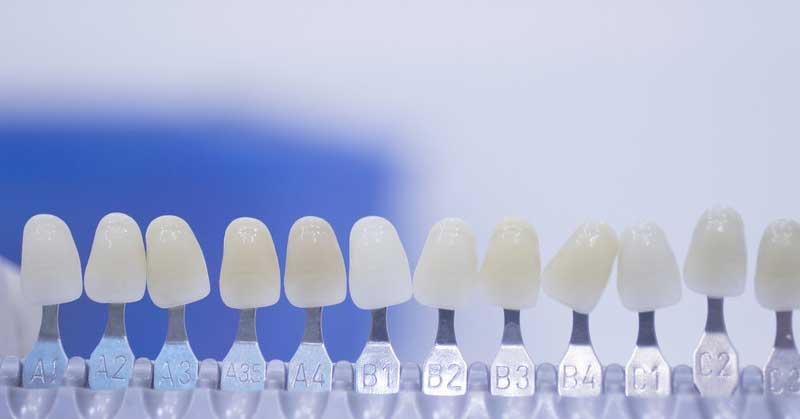
We’re not surprised that they chose to cast the titular character of Ugly Betty with braces. Two of the reasons why people opt to live with crooked teeth is because braces are uncomfortable and embarrassing.
Invisalign offers an alternative to this Ugly Betty persona.
The discreet, patient-friendly trays fit over the surface of your teeth and efficiently shape your smile over about 18 months. But if you choose Invisalign what can you expect? How will your daily life change?
The truth is, many people feel more confident during their Invisalign treatment than before. This probably can’t be said for many people with braces. You will still have to go through some adjustment and you’ll learn some new habits of daily care, but you will find that your daily life isn’t all that disrupted and you’ll soon feel more apt to laugh freely and talk and smile with more expression than before.
Adjusting to Invisalign
It takes some time to get used to the Invisalign trays. You may have a lisp when you speak, so you’ll want to practice talking with the trays in. There may also be some discomfort as the aligners straighten your teeth. Around every two weeks you replace your old aligner with a new one, each causing a minor adjustment. You can mitigate the discomfort of this adjustment by starting the new tray when you go to sleep. If you experience a sharp or jagged edge, you can use a nail file to smooth it out. You may also want to invest in an oral health travel kit and an Invisalign remover. As you get used to speaking with the trays and have a system for removing and rinsing them when you eat, you’ll find that it’s not all that disruptive.
Daily care
You’ll also have to adapt to a modified regimen of daily oral health care. Because the aligners cover the surface of your teeth, saliva cannot easily wash off plaque and particles that build on the surface of your teeth and your gums. You brush and floss like normal, but rinse your aligner each time you remove it. You’ll also want to get into the habit of soaking your aligner in lukewarm water or Invisalign cleaning crystals. You should also plan to schedule more frequent cleanings to combat the inevitable buildup of plaque and bacteria on your teeth.
What doesn’t change
Perhaps the most telling part of the Invisalign journey is what doesn’t change. You can eat what you want, spontaneously kiss your partner, and take pictures and smile confidently. If you play contact sports, you don’t have to remove the trays and you don’t have to worry about wire and metal brackets injuring your mouth. You can also play a wind instrument without discomfort and without removing your trays.
Soon, you will begin to express yourself more freely, talk with more expression, and smile with less reservation than before you began treatment.






 We all want a perfect smile, with straight, white teeth that reflect youth and good health. When you flash your smile, you want to make a good first impression. So when you lose a tooth to decay, illness, trauma, or other causes, it can really damage your confidence, not to mention the function of your mouth.
We all want a perfect smile, with straight, white teeth that reflect youth and good health. When you flash your smile, you want to make a good first impression. So when you lose a tooth to decay, illness, trauma, or other causes, it can really damage your confidence, not to mention the function of your mouth. You know that your dentist is an expert at looking at teeth and telling whether or not you’ve been brushing, flossing, and rinsing with mouthwash regularly. What you might not realize is that your dentist can also tell a lot about your overall health just by inspecting your teeth.
You know that your dentist is an expert at looking at teeth and telling whether or not you’ve been brushing, flossing, and rinsing with mouthwash regularly. What you might not realize is that your dentist can also tell a lot about your overall health just by inspecting your teeth.

